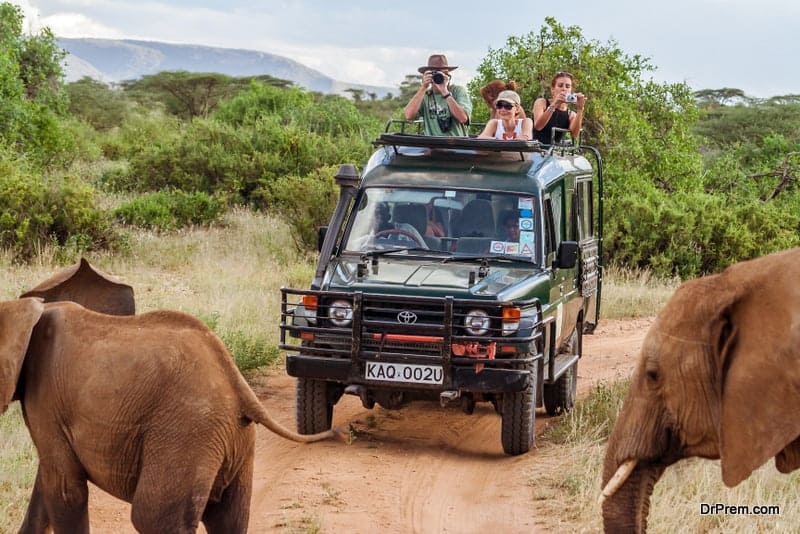Embarking on a wildlife excursion is an adventure that promises a feast for the eyes, offering a plethora of unique scenes just waiting to be captured through a camera lens. However, photographing animals in their natural habitat comes with its own set of challenges.
From choosing the right equipment and understanding animal behavior to mastering the golden hour, there are numerous considerations to keep in mind for getting those picture-perfect shots. Read more of this article to get insightful tips on taking great photos during your next wildlife excursion.
Importance of Pre-Shoot Research:
Interestingly, one of the most crucial skills in wildlife photography doesn’t even involve the camera or its settings. Preparation and diligent research are key if you’re aiming to capture the perfect shot. Utilizing online resources can significantly improve your odds of getting the photo you desire.
For example, if your subject of interest is migratory birds local to your area, it’s important to know when they’ll be around, their specific habitats, and even their calls to locate them more easily in the wild.
Opt for a Lower Vantage Point for a More Intimate Connection:
Capturing wildlife photos is often most effective when you’re at the animal’s eye level or even lower. Doing this may require you to go to extremes, like lying flat on the ground. Taking photos from a higher angle often lacks the emotional connection that can be achieved from a lower viewpoint.
We strongly advise photographers to kneel or even lie down to understand the remarkable difference a lowered perspective can make. A lower angle also provides a more insightful glimpse into the animal’s environment. To enhance the effect, consider using a wide aperture setting, such as f/2.8, to blur the foreground and background elements into gentle hues.

Leverage the Power of a Telephoto Lens for Focus and Isolation:
A telephoto lens is an indispensable tool in the kit of any serious wildlife photographer. Such a lens serves two primary functions. First, it magnifies the subject, making it appear closer, and second, it helps fill more of your frame.
Choose Appropriate Camera Settings for Crisp Images:
People frequently inquire about the “ideal” shutter speed, and the reality is that there’s no one-size-fits-all answer. The optimal shutter speed depends on your subject’s speed and your artistic intent—whether you wish to capture motion or freeze it.
Relying on automatic settings like ‘sports mode’ can often result in inconsistent, blurry photos. Instead of letting your camera make this crucial choice, take control and set the shutter speed manually.
To capture most wildlife in sharp focus, you’ll want to aim for a shutter speed of around 1/500 or 1/1000 of a second. For less mobile subjects, a speed of 1/250 of a second may suffice.

